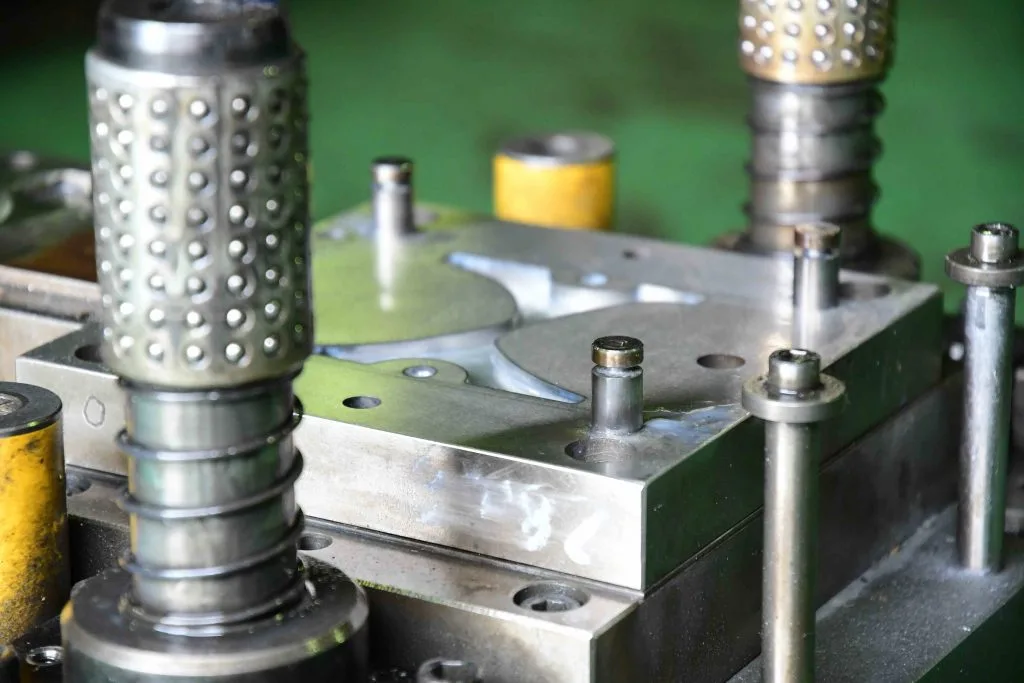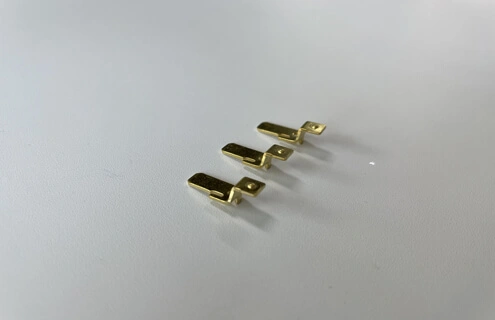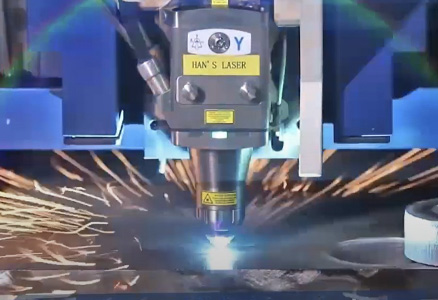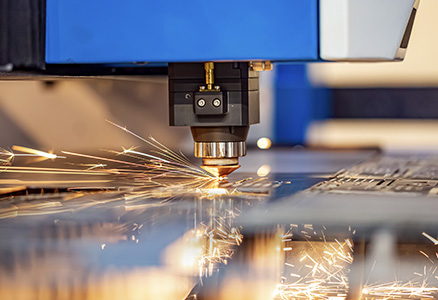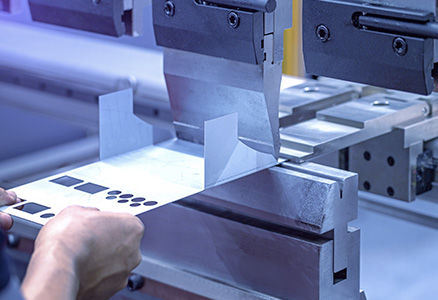Metal stamping is a widely utilized manufacturing process that involves shaping and forming metal sheets into various products. However, this process can be costly, mainly when producing large quantities of parts or components. As a result, many companies are constantly seeking methods to lower their metal stamping expenses while maintaining high quality.
This article will outline the top 7 most effective ways to reduce metal stamping costs. So if you’re looking to cut down the cost of your metal stamping, you’re in the right place!
Material Selection
You will have to avoid using exotic metals to reduce costs. Exotic metals include titanium, Waspaloy, Inconel, Hastelloy, Kovar, Invar, and Monel. These metals are less abundant and, therefore, are more costly. Moreover, they require special handling, which also increases costs.
Instead, you can use cheaper and readily available metals. Most high-end metals have cheap alternatives available on the market.
They are easy to source and offer excellent reliability than their exotic counterparts. You can use softer metals, which produce the same effect without any loss in quality since harder metals require more time and resources to stamp.
Moreover, you should use widely available metals to find them in times of crisis. When you use less-famous metals, you risk halting the production process when there is a shortage of material.
Actionable Steps:
Find readily available, high quality cheaper alternative material
Select metals that are soft and easier to stap, maintaining quality standards
Make sure to choose the metals that are readily available in the market with consistent supply.
Expected Cost Saving:
Approx. 5-15%
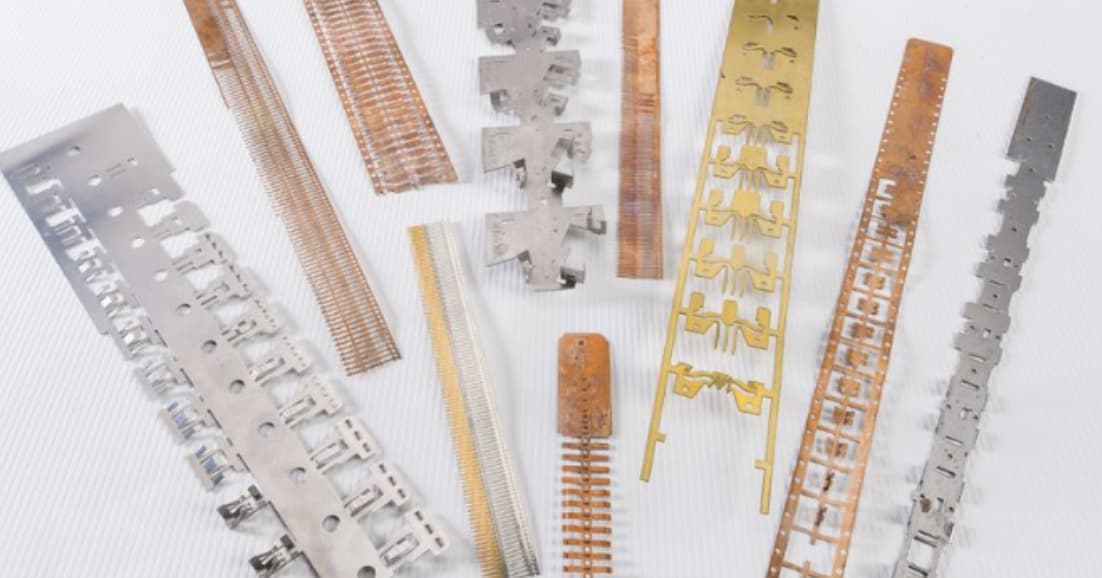
Optimize Use of Materials
Product optimization refers to product maximization with the available materials in hand. For example, instead of producing two parts with one sheet of metal, try to use ways to give you four parts instead. As a result, you will achieve more output with less input.
Optimizing the use of materials will reduce labor and capital costs. You will see reduced cost per unit and a reduction in the number of faulty products. This will result in a higher Inventory Turnover Ratio (IRT). You can also implement lean production, which we will discuss later.
Actionable Steps:
Design layouts to maximize part yield per sheet of metal.
Find effective ways to reduce wastage.
Regularly adjust the production process for more efficiency and cost reduction.
Expected Cost Saving:
Approx. 10-20%
Design Optimization and Simplification
To achieve this, you should plan the production process in detail. You must remember that metal stamping is a chain production, so every change must be thorough and planned beforehand.
In addition, your machinery should be in tip-top condition, and your labor should be well-trained so that optimization can be efficient. On the other hand, you must not cut corners and instead try to find the perfect die that will keep all your parts consistent.
When you aim for simplification, you should eliminate unnecessary extra processes in stamping. Reducing extra processes will simplify the stamping, which will cut down extra costs. You can implement Computer-Aided Design (CAD), simplifying the entire process and requiring less labor.
Expected Cost Saving:
Approx. 5-15%
Actionable Steps:
Thoroughly plan the production process and execute accordingly
Regular maintenance of the tools and ensure proper training for the staff.
Utilize CAD to simplify design and reduce extra processing steps.
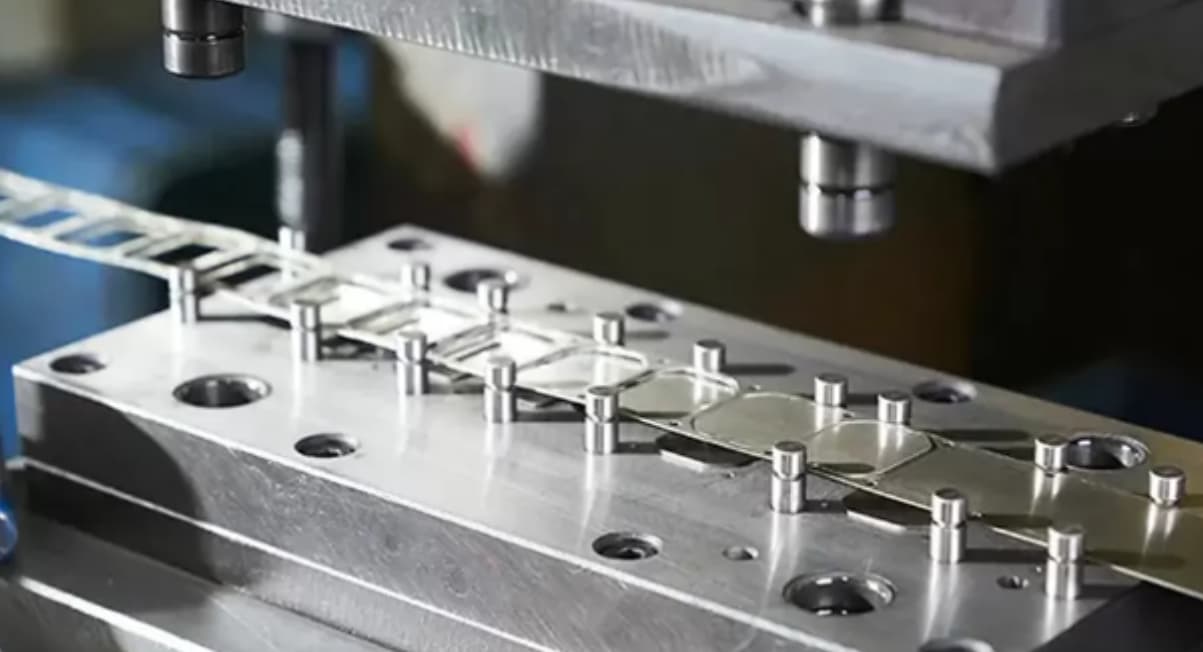
Process Automation and Optimization
To improve your costs, you should consult with manufacturing experts. This will act as a significant advantage in identifying inefficient practices and ways to improve optimization.
Manufacturing engineers will suggest if tools need to be changed and upgraded and provide new insights and plans that suit you. They will recommend better and cheaper materials and point out problems.
Meanwhile, automation will increase efficiency with improved consistency rates. You may know by now that they are more precise than human labor, reducing workforce accidents. Wastage also gets reduced. While automation requires more investment, you will save more costs with it.
Actionable Steps:
Get help from expert manufacturers or professionals finding loopholes and ideas for more efficiency.
Get updated technology, tools and materials for better output.
Apply automation in the production process to reduce waste and increase the output.
Expected Cost Saving:
Approx. 15-30%
Effective Supply Chain Management
For good management, effective communication is required. In this case, clear communication is crucial for everyone onboard. That means you must share your plan with everyone on the team. That includes the planning team, the suppliers, and the production, manufacturing, and stamping teams.
Furthermore, your communication should be clear and thorough so there is no doubt in the process. Forecasts are beneficial as they give an estimate of future expenditure. You should share your forecasts with everyone, including internal and external sources, such as your metal suppliers.
For example, communicating about future sales forecasts will allow them to schedule your supply accordingly.
Actionable Steps:
Establish clear and thorough communication across all teams, including planning, production, and suppliers.
Keep the communication detailed and transparent with both internal and external stakeholders.
Main supplier efficiency by proper communication.
Expected Cost Saving:
Approx. 10-25%

Tooling Efficiency
As you know, metal forming dies and tooling are an essential part of your stamping, so their efficiency dramatically benefits you in cutting down costs.
To increase your tools’ efficiency, you must acquire the right tools. The right tools will decrease the time needed to produce one piece and reduce mistakes and hazards. In conclusion, you will receive a better product.
Your tools also need maintenance, so regular maintenance is necessary to increase and maintain efficiency. This will also reduce breakdowns in production, which can be very expensive.
In addition, it will also reduce wastage and thus will be more efficient.
This also applies to your vendor’s tooling skills. Their expertise and knowledge can bring more optimizations and better plans for your business.
Actionable Steps:
Get the right tools to match your expected production and reduce the cost.
Carry out regular maintenance and scheduled checkup for the tools and machines to ensure high productivity.
Engage vendors with expert tooling skills for further optimizations and better planning.
Expected Cost Saving:
Approx. 5-10%
Implement Lean Manufacturing
Here are some ideas from JCLDD sheet metal fabrication manufacturer about deep draw manufacturing, Lean manufacturing aims to reduce waste while increasing products. Start by reducing waste in any way possible. For example, you can already reduce wastage by repurposing scrap metal pieces. You should also find parts of the metal stamping process where waste can be reduced. Both of these will reduce costs significantly.
To do so, you should aim to reduce inventory. This can be done by implementing Just-In-Time (JIT). When you do so, you will only get raw metals when needed, reducing overstocking. As a result, you will reduce metal costs.
You can also aim for this by increasing your response time to market changes. The next step you can take is to cut down production time, which will reduce additional costs.
Actionable Steps:
Find effective ways to keep the metal waste at minimum and repurpose and reuse where possible.
Apply JIT method for maintaining inventory, reducing the risk of overstocking.
Cope up with the market changes and deduct the production time.
Expected Cost Saving:
Approx. 10-30%
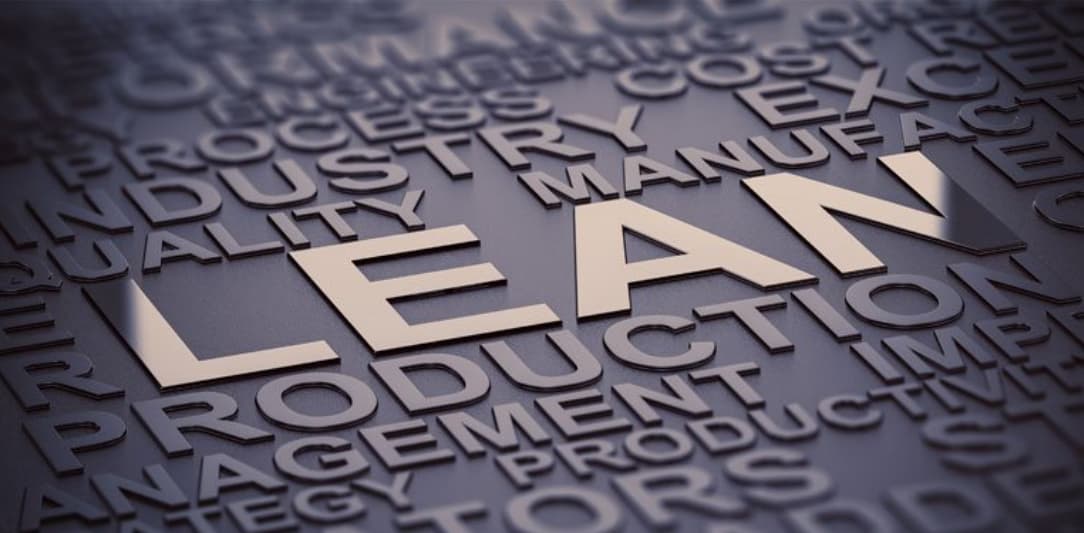
Additional Tips for Cost Reduction
The above points are the most significant factors influencing metal stamping costs. Nevertheless, there are additional steps you can take to reduce expenses further. These include:
Say no to expedited shipment of materials and parts unless necessary.
Minimize scrap and waste during the stamping process.
Use multi-cavity tooling to increase production efficiency.
Hybrid manufacturing techniques to combine processes and reduce production time.
Use CAD/CAM software to optimize designs for the stamping process.
Regularly maintain and calibrate equipment to prevent breakdowns and costly repairs.
Automate quality control processes to reduce human error and rework.
Partner with trusted vendors to source materials at a cost-effective price.
Optimize factory layout to reduce production time and increase efficiency.
Things you must know
What Is an Alternative Process for Metal Stamping?
There's another process for metal stamping called hydroforming. Instead of traditional stamping methods, hydroforming shapes the metal using a fluid. It's effective because it's more cost-effective when producing complex shapes and gives you more design flexibility. Plus, hydraulic press drawing reduces manufacturing stages, saving on costs and production time.
Is Stamping Cheaper Than Casting?
Industrial metal stamping is typically more cost-effective. It is widely used for producing larger quantities of small to medium-sized parts with simple geometries. Die casting is better suited for complex geometries and lower-volume production. But, it can be more expensive due to the cost of tooling and setup.
In addition, only non-ferrous materials can be die-cast, so stamping would be the cheaper option if the part needs to be made from a ferrous material (such as steel or iron).
Stamping tools are cheaper, long-lasting, and produce sturdy parts, which makes them a cheaper option for high-quantity production.
Is Metal Stamping Expensive?
It depends on a few factors. Things like how complex the part is, what material you choose, and how many you need to make. The initial setup costs are expensive for long-run metal stamping.
But here's the thing - the cost per piece goes down as you produce more parts.
If you only need a few parts or have complex designs, stamping may be costly. However, metal stamping is usually less expensive for high-volume production of simple parts compared to other manufacturing methods. Usually, this process is cheaper than laser cutting and die casting.
Conclusion
There are several ways to reduce metal stamping costs and improve your bottom line. You can implement one or multiple methods based on your specific needs. However, remember not to compromise quality while cutting costs.
If you're interested in diving deeper into metal stamping, be sure to take a look at our other blogs on the topic. If you have any specific questions or need help with cost reduction in your metal stamping process, feel free to contact us directly. We're here to assist!





